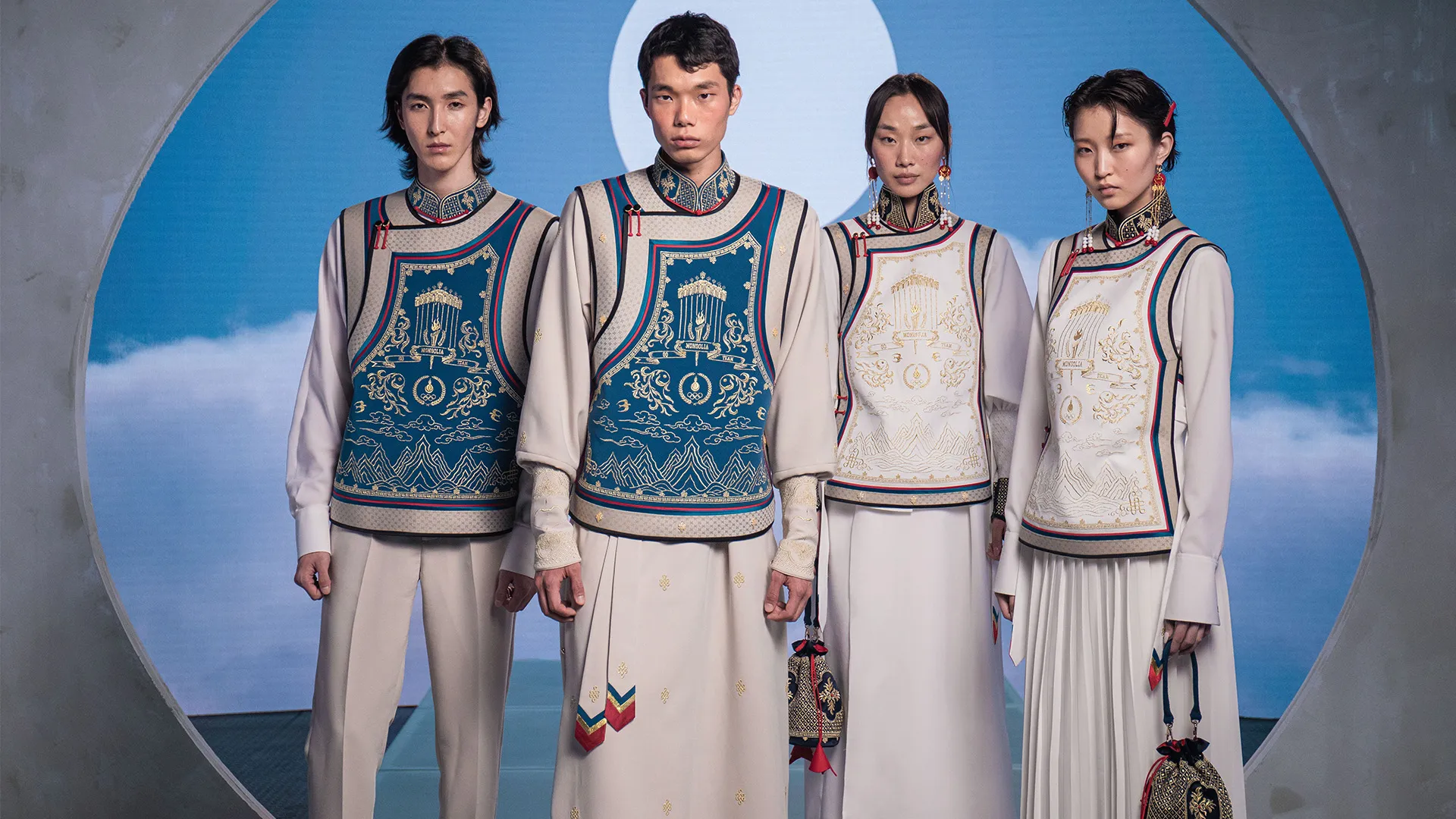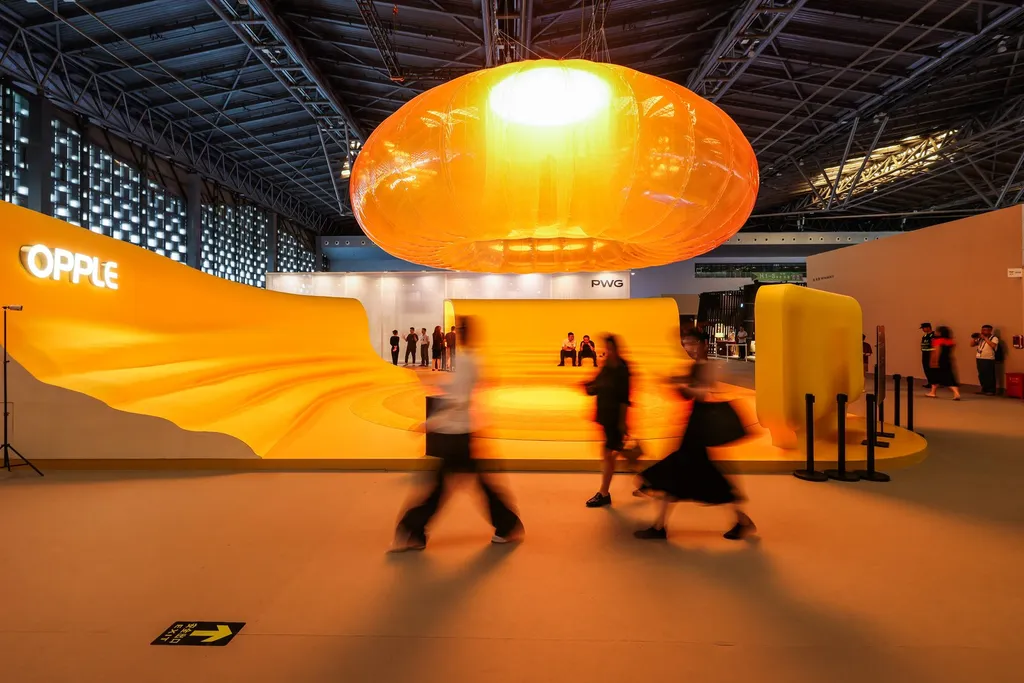Header: Alejandro Aznar
The opening ceremony of the Olympics has always been a spectacle worth watching, having been part of many families’ must-watch events throughout the decades. Understanding why isn’t hard to do since, apart from kicking the Games off, it features glamorous concerts, amusing short films, and the grand parade showcasing athletes from all participating countries—plus, there’s always a little bit of drama.
While glued to our screens, taking in everything the French organised for us, we managed to take some glimpses of the uniforms worn by the best athletes in the world, all of which were curated to reflect each country’s history and biodiversity. As condensing an entire nation’s expectations and legacy into a uniform is no small feat, countries are meticulous when selecting their designers.
We understand that some of the best uniforms may have gone unnoticed amidst the shows, the rain, and the beauty of Paris, so we’ve decided to present to you the pinnacle of this year’s Olympic attire. No matter where you’re from or which sport you prefer, the best of the Olympic Games can also be found in design: diversity and unity make for the best performances.
Mongolia

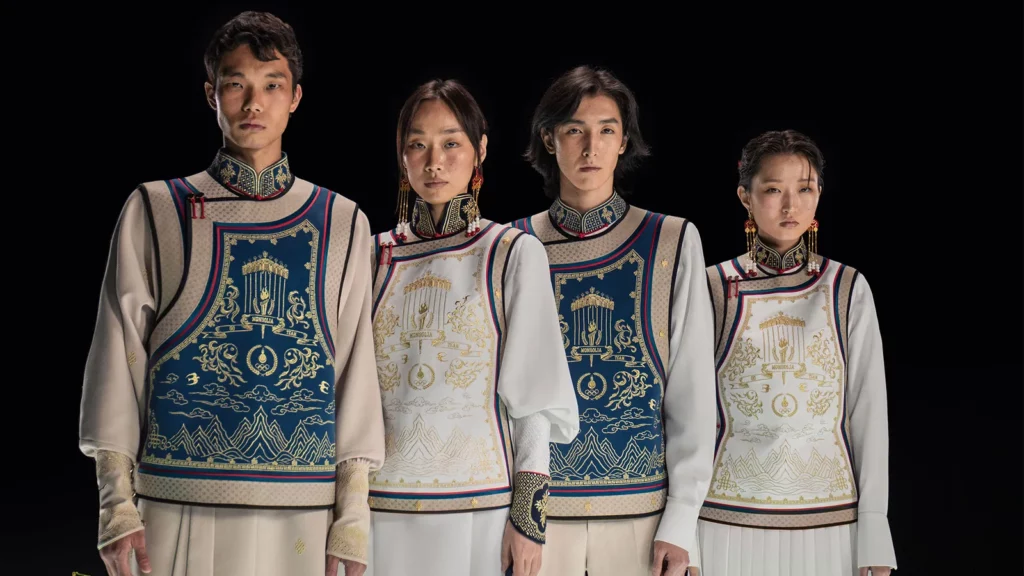
Few are those who haven’t yet come across posts admiring Mongolia’s uniforms for the Paris 2024 Olympics. The designers, Michel & Amazonka, went for “traditional yet couture” when creating the uniforms, having spent about 20 hours to complete each single uniform. The attire is a traditional Mongolian deel, a type of tunic that was given a modern touch with gold thread embroidery. Symbols like the Nine White Banners, the Olympic torch, the Sun and the Moon, and the Gua-Maral deer are present in the tunic, charming touches that almost feel like lucky charms from home. Accessories such as ceremonial earrings and embroidered bags for women and archery hats, belts, and traditional boots for men help complement the already rich garments.
Haiti
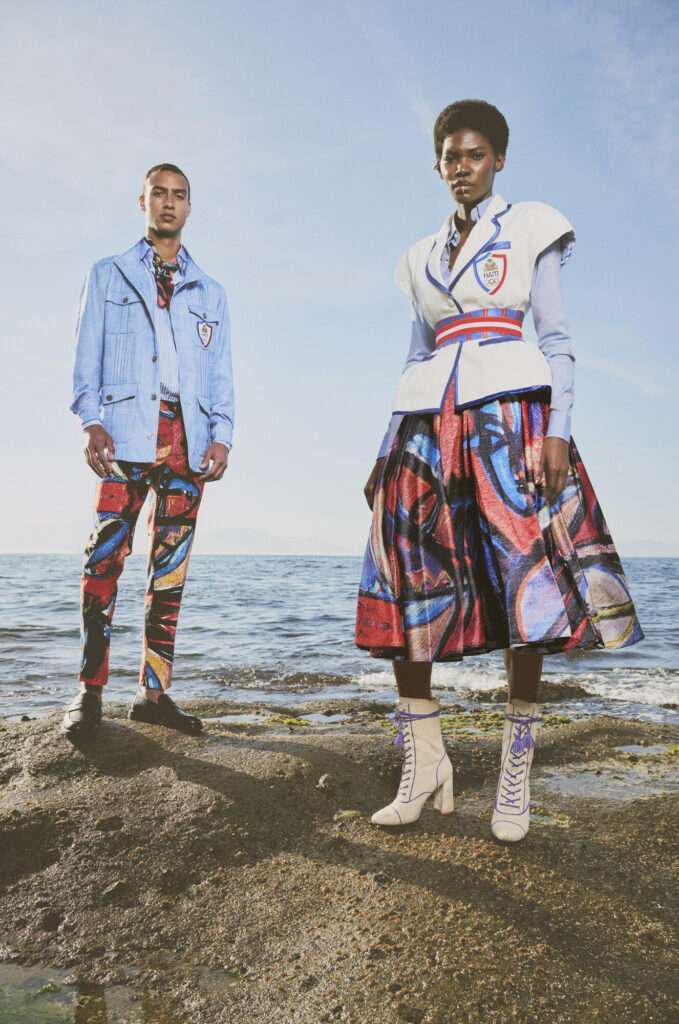
Haiti’s uniforms also made some heads turn, as they are the product of a unique partnership: designer Stella Jean and Haitian painter Philippe Dodard. Dodard’s artwork “Passage,” which symbolises resilience and renewal, can be seen covering the bottom part of the uniforms, being featured in the women’s full skirts and in the men’s pants. Along with the artsy skirts, the women were seen wearing chambray shirts made out of traditional Haitian blue cotton and sleeveless blazers created from recycled fabric. The men weren’t left behind, as field jackets inspired by the Haitian Guayabera shirt, striped shirts, and printed scarves complement their pants. After the Summer Games, the Haitian government has decided that these uniforms will be displayed at the National Museum of the Haitian Pantheon, which shows the pride and love the country has for their athletes.
Chinese Taipei (Taiwan)
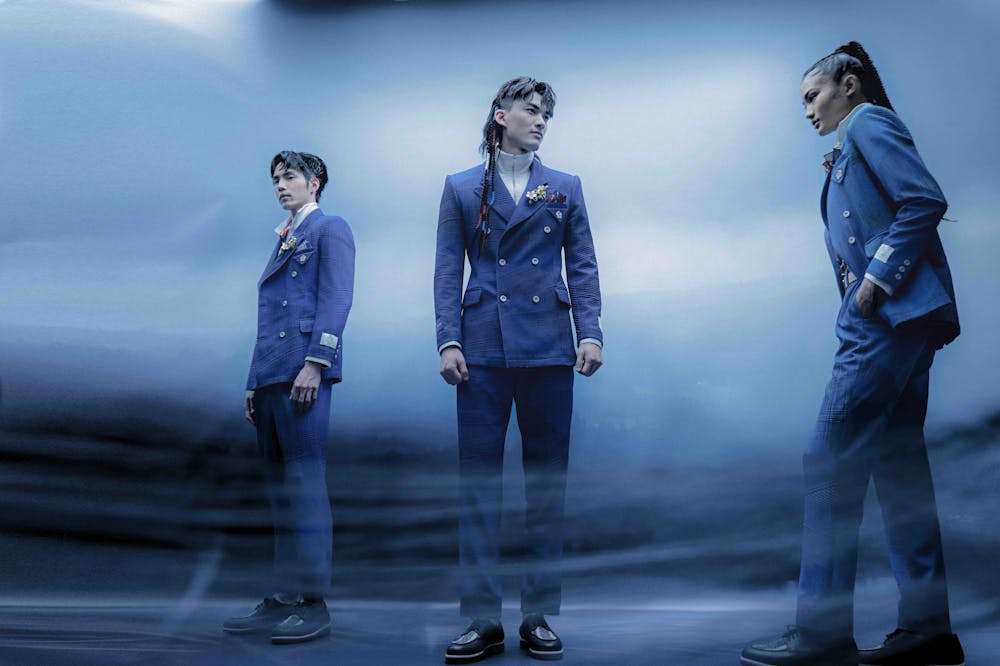
Justin Chou, of Just In XX, was the designer chosen to create Chinese Taipei’s uniforms, which include blue double-breasted suits with plum blossom lapel pins, the national flower, and the Chinese Taipei logo. The uniforms also have a blue and red vest complete with a pocket square, with “Chinese Taipei” subtly written on the buttons. The design is the result of thoughtful partnerships between Taiwanese artists, something that was made even better through the use of fabric made from carbon capture technology.
Czech Republic

Czech Republic’s uniforms were designed by Jan Ern, in partnership with ALPINE PRO, to bring about some modernity and national pride to the Seine. The athletes were seen wearing the Czech national colours: darker blue, muted red, and creamy white. To make sure no rain would ruin the intended aesthetic, the athletes were given trench coats with a design inspired by the traditional Czech “baloňák” coat. To top everything off, details like the Czech flag and “CZE” inscriptions adorned the attire, making sure no one forgets where the talent and good taste come from.
Philippines

The Philippines went for designer Francis Libiran‘s unique taste, having been awarded with a twist on traditional Filipino clothing. The athletes were seen in a white barong, a classic Filipino garment, which was made from airy piña-jusi fabric and complemented with a detachable accessory. This accessory is decorated with sun rays and elements from the Philippine flag, plus the colours from this year’s Olympics host’s flag: the white, blue, and red we are all so familiar with. As an extra meaning, the sun rays also feature Pintados-inspired warrior patterns, which in the Phillipines remind everyone of a must in any sport: bravery.
Canada
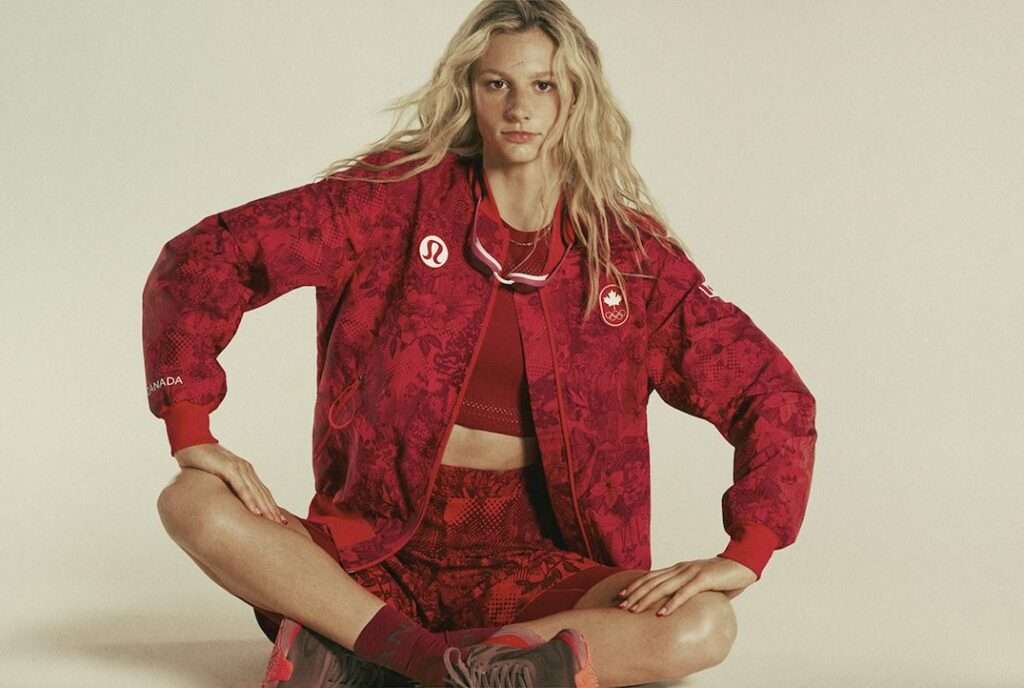
Canada trusted the It brand Lululemon to create their athletes uniforms, and the result was better than expected. Red on red filled our screens as athletes wore bright red bomber jackets, shorts, and sneakers in the parade. To mix it up a little and bring about some national charm, the design includes floral patterns of maple leaf that help separate the team from any other red-based country—like Poland or Spain, for example.
France

Of course, the host’s uniforms couldn’t be simple, and France knew this from the start. by Berluti, the athletes wore classic suits with white shirts and navy bottoms, but the interest was held in the collars. Modern and French to the brim, the collars have a gradient of colours inspired by the French flag, a touch that makes the outfits shine even with their simplicity.






